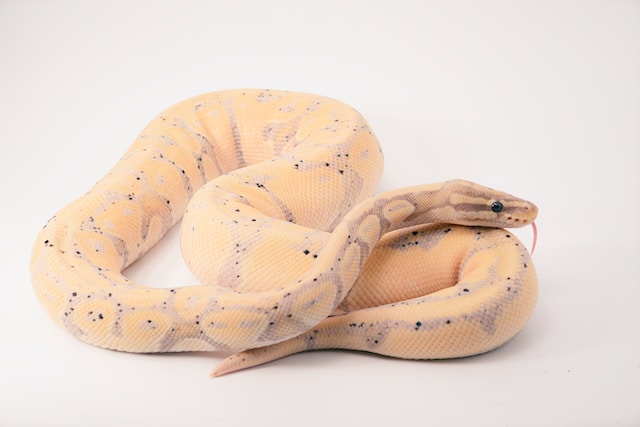
Having a huge reptile as a pet can be thrilling and rewarding, but it also carries a lot of responsibility. To keep them happy and healthy, large reptiles like snakes and lizards need special care. Before bringing a large reptile into your home, you need to know a lot about the species you’re interested in and what it needs.
Giant reptiles have particular requirements for their surroundings, diets, and general care. For instance, some species need a specified temperature range or a certain amount of humidity in their enclosure. Before introducing a large reptile into your home, it’s critical to do some research and understand these requirements.
Providing appropriate space for a large reptile is another crucial component of proper care. A sizable enclosure with plenty of room to move around and explore is necessary for many large reptile species. You should give your pet an enclosure that is suitable for their size and needs.
For the health and happiness of your big reptile, you need to make a safe place for it. This involves giving them a safe, risk-free enclosure to live in. For instance, huge reptiles can readily escape from an enclosure if the walls have gaps or breaches or if the enclosure is not adequately secured.
Also, it’s crucial to check that any heaters or lighting used inside the cage are secure and suitable for your cat. To maintain their health, large reptiles require a range of temperatures, but it’s crucial to make sure that no heat sources are too hot or represent a fire risk.
Tips for managing your huge reptile safely are essential.
It can be scary to handle a huge reptile, but doing so responsibly is essential to keeping both you and your pet safe. When handling a large reptile, it’s important to support its whole body and be aware of any possible dangers.
Snakes and other large reptiles are unpredictable and may attack if they feel threatened. In order to stop the spread of bacteria or disease, washing your hands before and after handling your pet is also crucial. It’s crucial to ask a veterinarian or knowledgeable reptile owner for assistance if you have any questions about how to handle your huge reptile properly.
Furthermore, crucial to their health is nutrition. Your pet’s species and age will determine the precise food it needs. While some large reptiles, like snakes, must eat live prey, others can survive on an insect, fruit, and vegetable diet.
It’s crucial to learn your pet’s precise dietary needs and to make sure their diet is well-balanced and fits their requirements in terms of nutrients. Feeding your pet too much can result in obesity and other health problems, so make sure you give them the right quantity for their size and age.
Keeping an eye on your huge reptile’s health
It’s crucial to keep an eye on your huge reptile’s health to identify any potential problems early. It’s important to check on your pet often and get help from a vet if you notice any worrying signs.
Large pets can develop health problems just like other types of animals. Large reptiles frequently suffer from parasites, metabolic bone disease, and respiratory infections. Lethargy, a decrease in appetite, and behavioral changes are all indications of disease in large reptiles. It’s critical to understand the warning signs and symptoms of these ailments and to seek veterinarian care if you think your pet may be ill.
It is crucial to do your homework and select a veterinarian that has experience with large reptiles because not all veterinarians are knowledgeable about caring for reptiles.
Owning a large reptile can be enjoyable, but it also comes with a lot of responsibilities. For your pet to be content and healthy, you must comprehend their needs, provide a safe environment, and give them the right care and food.
If you want to bring a large reptile into your home, it’s important to do research on the species you’re interested in and understand its specific needs. Your huge reptile can have a long and healthy life if given the right attention and care.
